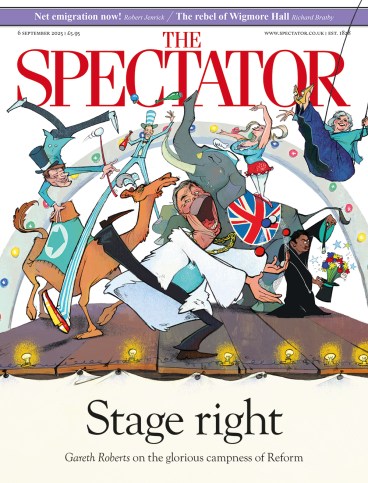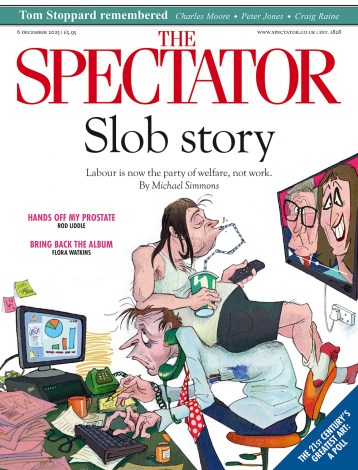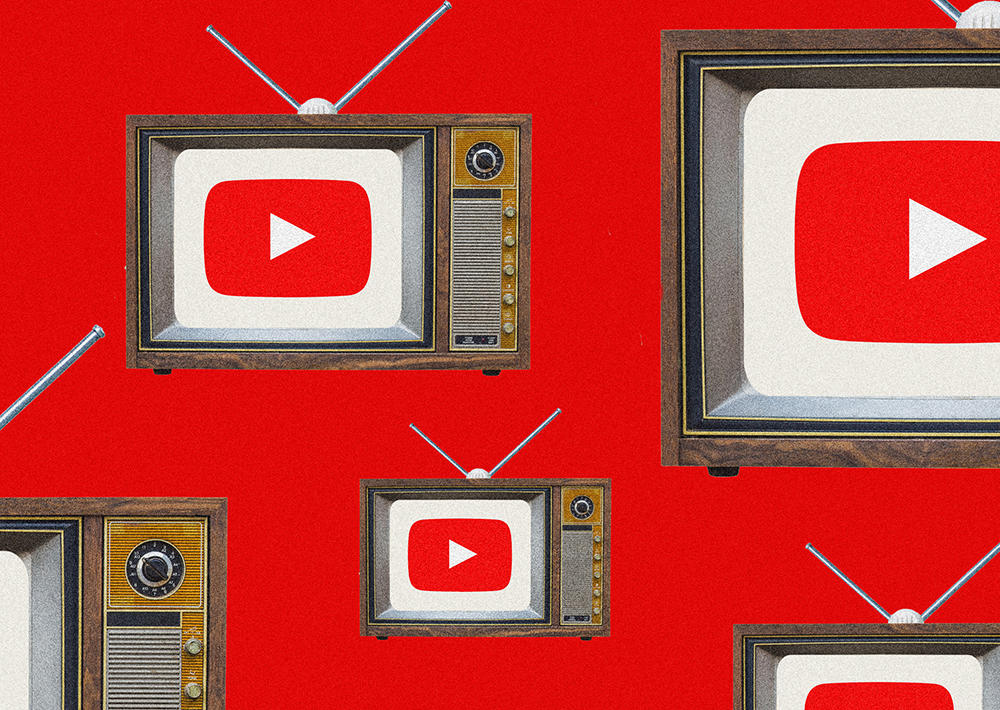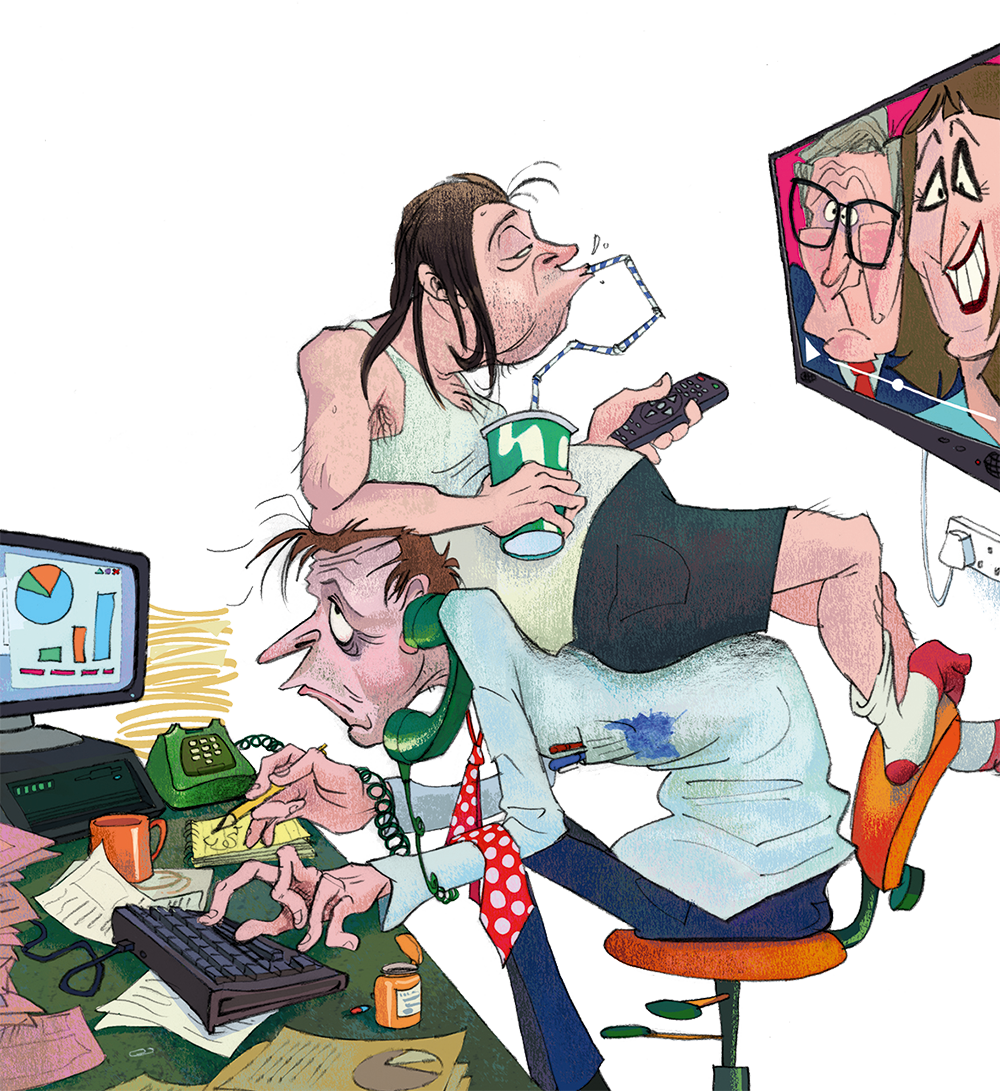
YouTube has now overtaken ITV to become Britain’s second most watched media service, beaten only narrowly by the BBC. Hardly surprising. For many of us, YouTube has become the answer to more and more of life’s questions.
True, you may never want to watch a film which explains how to unstick the filler cap on a Volvo XC60. Until, that is, you rent a Volvo XC60 and find yourself stranded at a Portuguese petrol station in 100˚F heat. At that moment, the 30-second explanation by Olivia from York, Pennsylvania, is better than Martin Scorsese.
If I were destitute, the last expense I’d forgo would be my YouTube Premium subscription. At £13 a month, it is cheaper than the BBC licence fee. Pricey, yes, but if you have the technology to watch it on your television, are of a remotely curious disposition and do not confine your interests to cake-making and dancing, you will watch this more than everything else combined. YouTube is, let’s face it, far more Reithian than the BBC in its capacity to ‘inform, educate and entertain’. It’s as right-wing or as left-wing (or both) as you want it to be. It’s a last redoubt for scurrilous comedy largely suppressed elsewhere. Above all, it allows you to discover interests you never knew you had – I have spent happy hours watching people solve mathematical equations. It has found a bizarrely large audience for people who film themselves unblocking drains, servicing lifts, reviewing trains, making quilts or repairing dishwashers, all the while uncovering a rich seam of unlikely presenting talent, most of whom would never have made it past a first casting-call in conventional television. It is the long tail of video: a treasury of content for the overlooked minorities who have long been underserved, such as birdwatchers, anglers, plane-spotters, amateur historians and car enthusiasts.
Currently, the platform gains 360 hours of content every minute. But since its creation in 2008, there have been several inflexion points. One was the moment when smartphones sprouted cameras of near broadcast quality, making ‘amateur’ content viewable on big screens. At some point the superabundance of content made it fully searchable: you could seek out niche topics in the confident expectation that you would strike gold. With this has come the useful discovery that almost anything can be made interesting if it is presented well enough and consumed at a time of your own choosing. I have even watched personal finance videos for fun.
Households would be obliged to watch 15 minutes of informative content each month
This last discovery is important. Using my newly honed math skills I have just calculated that, with only 2 to 3 per cent of the government’s current education budget, you could give every single household in Britain a subscription to YouTube Premium.
This would undoubtedly be educational, but it could also restore to government a role which it has abandoned since the disbanding of the Central Office of Information. One of many reasons people are losing faith in government is that it has surrendered to news media one of its most vital jobs: that of providing us all with useful non-political information to improve our everyday lives. The problem is that news reporters resolutely refuse to communicate any story unless it can be spun into an inflammatory political spat or scandal. Hence on those rare occasions government has a good idea, no one ever finds out. For instance, almost no one knows pharmacists can now prescribe antibiotics, which could save many GP visits.
The simple plan would be that, in return for their YouTube subscription, households would be obliged to watch 15 minutes of informative content each month: the return of the public information film. Episode 1: Tips to avoid being hacked, how to use a defibrillator and when not to drive in the middle lane. And the return of Tufty.
You can watch Rory Sutherland on Spectator TV, on YouTube:








Comments